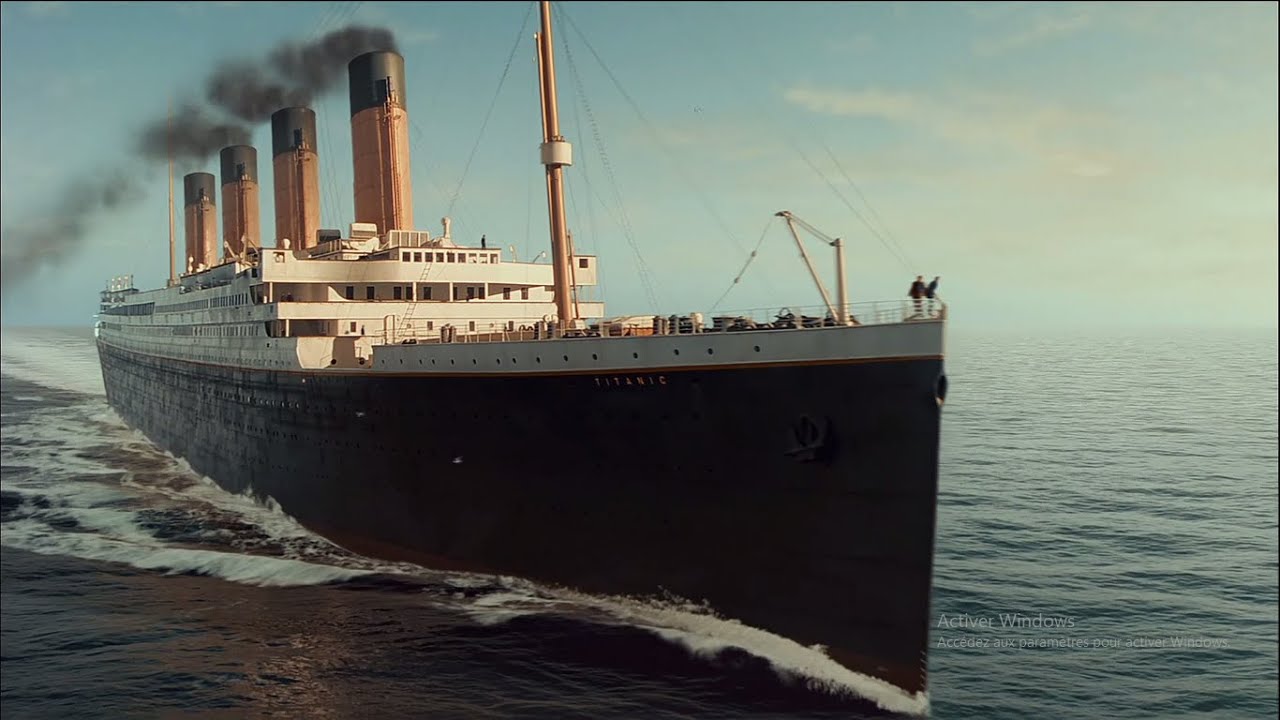
🎧 Écoutez cet article

📖 Lisez cet article
La tragédie du Titanic est un événement marquant de l’histoire de l’humanité. Le 10 avril 1912, le paquebot Titanic quitte Southampton pour New York avec plus de 2.000 passagers à son bord. Il a coulé le 15 avril 1912 après avoir heurté un iceberg au large des côtes américaines. Plus de 1500 personnes sont mortes, ce qui en fait le naufrage en temps de paix le plus meurtrier de l'histoire.
The tragedy of the Titanic is a defining event in the history of mankind. On April 10, 1912, the liner Titanic left Southampton for New York with more than 2,000 passengers on board. She sank on April 15, 1912 after hitting an iceberg off the coast of the United States. More than 1500 people died, making it the deadliest peacetime sinking of a ship in history.
Le Titanic était un paquebot transatlantique construit par la compagnie britannique appelée « White Star Line ». Il mesurait 269 mètres de long, 28 mètres de large et pesait plus de 50 000 tonnes. Le Titanic était à l'époque le paquebot le plus grand et le plus luxueux du monde.
The Titanic was a transatlantic liner built by the British company called "White Star Line". It was 269 meters long, 28 meters wide and weighed over 50,000 tons. The Titanic was the largest and most luxurious liner in the world at the time.
À 23 h 40 le 14 avril, la vigie a repéré un iceberg juste devant le Titanic et a alerté la passerelle. Mais c'était trop tard. Le paquebot a heurté le bord de l’iceberg et a commencé à couler. Il a coulé en moins de trois heures. En coulant, le Titanic s'est entièrement scindé en deux.
At 11:40 p.m. on April 14, the lookout spotted an iceberg just ahead of the Titanic and alerted the bridge. But it was too late. The liner hit the edge of the iceberg and began to sink. It sank in less than three hours. As it sank, the Titanic split entirely in two.
Le Titanic n'avait que suffisamment de canots de sauvetage pour transporter environ la moitié de ceux à bord. Tous les autres passagers et membres d'équipage ont été immergés dans une eau mortellement froide à une température de -2°C.
The Titanic only had enough lifeboats to carry about half of those on board. All other passengers and crew were submerged in deadly cold water at a temperature of -2°C.
Cet événement tragique a laissé une trace indélébile dans notre imaginaire collectif. Elle a aussi marqué un tournant dans l’histoire, car elle a contribué à une révision de la sécurité maritime. La demande de plus en plus répandue de sécurité dans les navires a conduit à la rédaction de la Convention internationale pour la sauvegarde de la vie humaine en mer, qui a été signée par les États-Unis en 1914.
This tragic event has left an indelible mark on our collective imagination. It also marked a turning point in history, as it contributed to a review of maritime security. The growing demand for safety in ships led to the drafting of the International Convention for the Safety of Life at Sea, which was signed by the United States in 1914.
✏️ Mots et Phrases Clés
un paquebot nm
ocean liner
couler vtr
to sink
heurter vtr
to hit/to collide with
au large de [qch] loc prép
off the coast of [sth]
le naufrage nm
sinking, shipwreck
la vigie nf
lookout
repérer vtr
to notice, to spot
scinder vtr
to split, to divide
Ready to improve your French?
Get a new edition in your inbox, every Sunday.